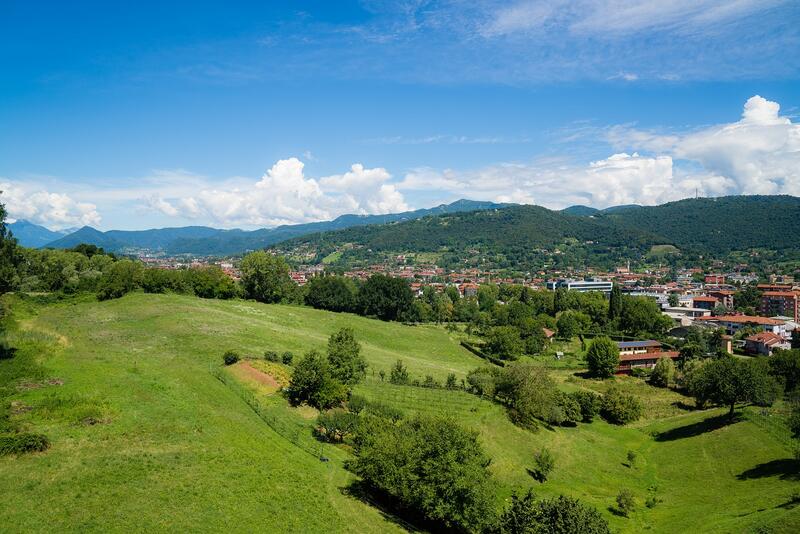From Carbon to Clean: Decarbonizing Gathering of wild growing non-wood products for a Sustainable Tomorrow
This article explores the decarbonization of gathering wild non-wood products for sustainable use, highlighting the importance of reducing carbon emissions in natural resource management.

The gathering of wild growing non-wood products (NWFPs) is an important sector in many countries’ economies. NWFPs include products such as fruits, berries, mushrooms, medicinal plants, and other non-timber forest products. The sector provides income and livelihoods for many people, particularly in rural areas, and contributes to food security and biodiversity conservation. However, like many other sectors, the gathering of NWFPs also has an impact on the environment, including carbon emissions. Decarbonisation, or the reduction of carbon emissions, is therefore important in this sector to mitigate its impact on climate change.
Sources of Carbon Emissions in the Gathering of Wild Growing Non-Wood Products Sector
The gathering of NWFPs can contribute to carbon emissions in several ways. One of the main sources is through the use of fossil fuels in transportation, particularly in cases where the products are transported over long distances. This can include the use of trucks, planes, and ships. Another source of carbon emissions is through the use of energy in processing and packaging the products. This can include the use of electricity and fossil fuels in factories and other processing facilities. Additionally, the gathering of NWFPs can contribute to deforestation and land-use change, which can release carbon stored in trees and soil.
Reducing Carbon Emissions in the Gathering of Wild Growing Non-Wood Products Sector
There are several ways to reduce carbon emissions in the gathering of NWFPs sector. One approach is to reduce the use of fossil fuels in transportation by promoting local and regional markets. This can be done by supporting local producers and markets, and by encouraging consumers to buy locally sourced products. Another approach is to promote sustainable harvesting practices that minimize the impact on the environment, such as selective harvesting and avoiding over-harvesting. This can help to maintain the carbon storage capacity of forests and other ecosystems. Additionally, the use of renewable energy sources, such as solar and wind power, can help to reduce carbon emissions in processing and packaging.
Challenges Facing Decarbonisation in the Gathering of Wild Growing Non-Wood Products Sector
There are several challenges facing decarbonisation in the gathering of NWFPs sector. One of the main challenges is the lack of infrastructure and resources in many rural areas, particularly in developing countries. This can make it difficult to access renewable energy sources and to develop local markets. Another challenge is the lack of awareness and education among producers and consumers about the impact of their actions on the environment. This can make it difficult to promote sustainable practices and to encourage consumers to buy locally sourced products. Additionally, the gathering of NWFPs is often done by small-scale producers and informal workers, who may lack the resources and support to adopt sustainable practices.
Implications of Decarbonisation for Gathering of Wild Growing Non-Wood Products Sector
Decarbonisation has several implications for the gathering of NWFPs sector. One of the main implications is the need to promote sustainable practices and to reduce the impact of the sector on the environment. This can help to maintain the carbon storage capacity of forests and other ecosystems, and to mitigate the impact of climate change. Additionally, decarbonisation can help to promote local and regional markets, which can provide income and livelihoods for producers in rural areas. This can contribute to poverty reduction and food security, particularly in developing countries. Finally, decarbonisation can help to promote awareness and education among producers and consumers about the impact of their actions on the environment, which can contribute to more sustainable practices in the long term.
Conclusion
The gathering of wild growing non-wood products is an important sector in many countries’ economies, providing income and livelihoods for many people, particularly in rural areas. However, like many other sectors, the gathering of NWFPs also has an impact on the environment, including carbon emissions. Decarbonisation, or the reduction of carbon emissions, is therefore important in this sector to mitigate its impact on climate change. This can be done by promoting sustainable practices, reducing the use of fossil fuels in transportation and processing, and promoting local and regional markets. However, there are several challenges facing decarbonisation in the gathering of NWFPs sector, including the lack of infrastructure and resources in many rural areas, and the lack of awareness and education among producers and consumers. Despite these challenges, decarbonisation has several implications for the gathering of NWFPs sector, including the promotion of sustainable practices, local and regional markets, and awareness and education.